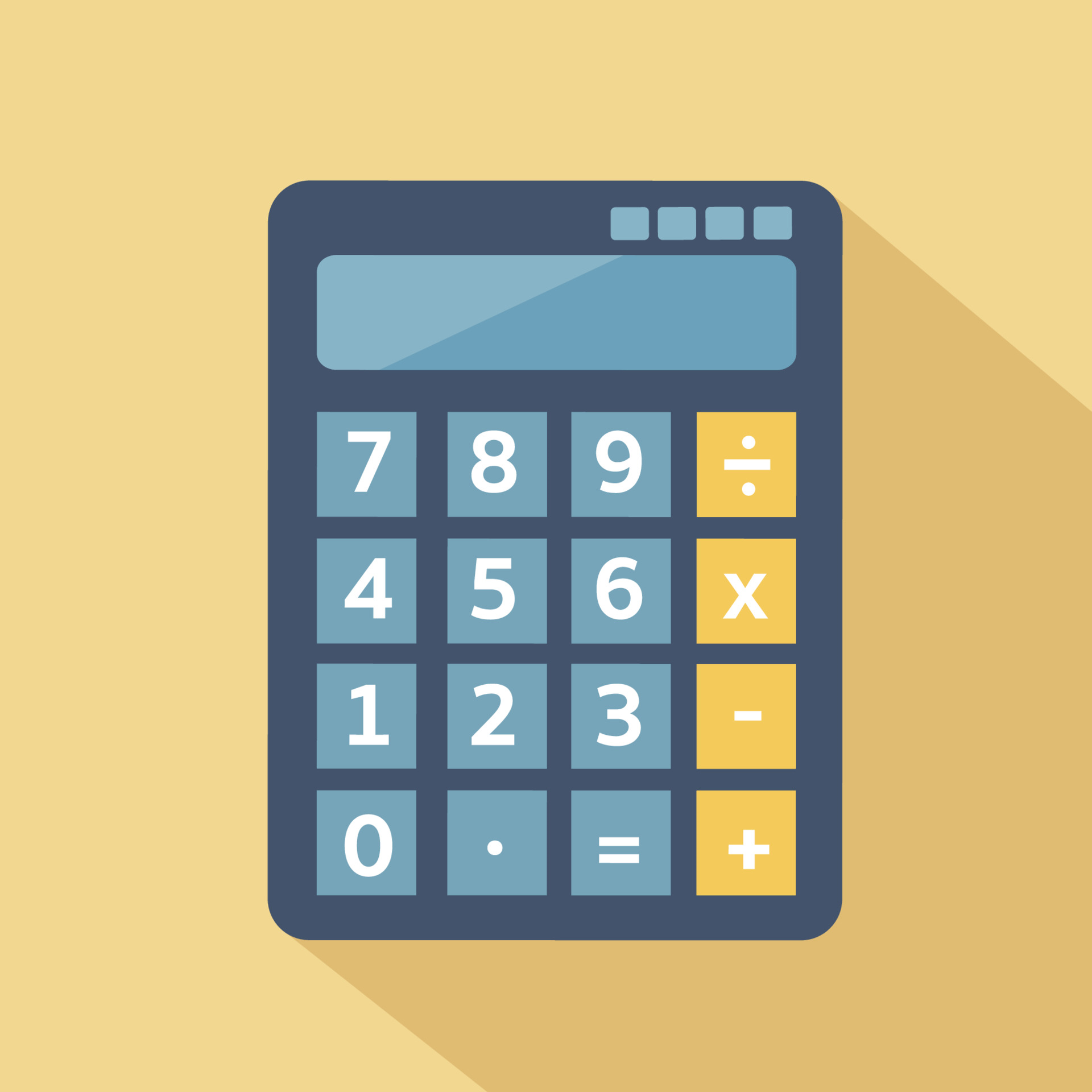
Calculator-I
The first solid-state electronic calculator was created in the early 1960s. Pocket-sized devices became available in the 1970s, especially after the Intel 4004, the first microprocessor, was developed by Intel for the Japanese calculator company Busicom. They later became used commonly within the petroleum industry (oil and gas). Find more on wikipedia page...
In this series of missions you are going to build an elementary calculator.
As an input, you get a sequence of keys pressed, and, as the result of that function, you should show what will be shown on the screen when the last key is pressed. Be attentive, it's not always the result of the expression. Actually, playing with the physical calculator or app will really help you to catch edge cases.
In the first mission only digits and single signs (only +, -, =) between them are used.
Expected behavior:
- beginning zeros should be removed, only-zeros number - converted to single zero.
Input: String.
Output: String.
Examples:
assert calculator("000000") == "0"
assert calculator("0000123") == "123"
assert calculator("12") == "12"
assert calculator("+12") == "12"
How it’s used: Calculators are widely used. Understanding the principles of its input and output are interesting and useful.
Precondition: Allowed characters: digits (0-9), single signs plus (+), minus (-) or equation (=) between digit blocks. NO combinations of signs (+=, +- etc.).
CheckiO Extensions allow you to use local files to solve missions. More info in a blog post.
In order to install CheckiO client you'll need installed Python (version at least 3.8)
Install CheckiO Client first:
pip3 install checkio_client
Configure your tool
checkio --domain=py config --key=
Sync solutions into your local folder
checkio sync
(in beta testing) Launch local server so your browser can use it and sync solution between local file end extension on the fly. (doesn't work for safari)
checkio serv -d
Alternatevly, you can install Chrome extension or FF addon
checkio install-plugin
checkio install-plugin --ff
checkio install-plugin --chromium
Read more here about other functionality that the checkio client provides. Feel free to submit an issue in case of any difficulties.
Welcome to Pair Programming! Engage in real-time collaboration on coding projects by starting a session and sharing the provided unique URL with friends or colleagues. This feature is perfect for joint project development, debugging, or learning new skills together. Simply click 'Start Session' to begin your collaborative coding journey!
You are trying to join a pair programming session that has not started yet.
Please wait for the session creator to join.
It looks like the creator of the pair programming session closed the editor window.
It might happen accidentally, so that you can wait for reconnection.

